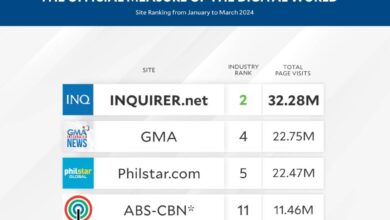Kevin De Bruyne and the rise of data and analytics in contract negotiations
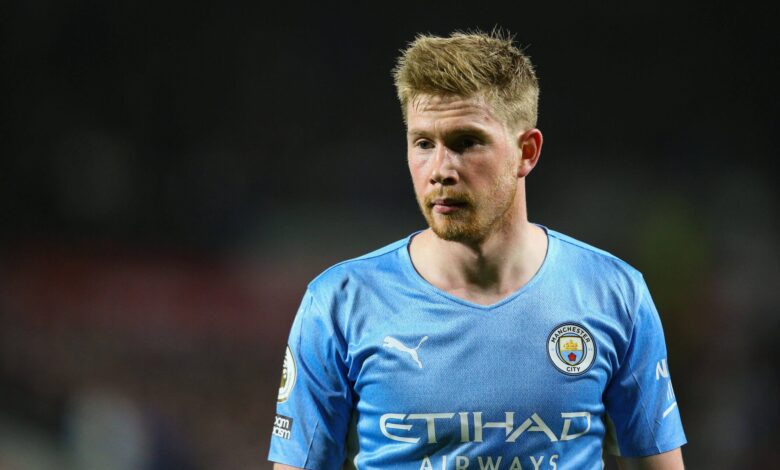
When Kevin De Bruyne used a deep dive into his own data to highlight his worth to Manchester City during talks over a new deal in 2021, the contract renewal process in football changed forever.
In some ways, it sparked a new trend of player power — certainly at elite level — as it showed how the finer details around performance could be used persuasively to help lock in greater security and remuneration for those at the top of their game.
De Bruyne’s case was unique because he also negotiated without a recognised football agent, and instead used two respected lawyers while calling on several leading football analytics service providers to provide context around his numbers. One of the companies retained was Analytics FC, who provided De Bruyne with their ‘signature service’, which applied ground-breaking data analysis to solidify his value to the club he has helped make the current Premier League, European and world champions.
De Bruyne utilised data when renewing his contract in 2021 (Craig Mercer/MB Media/Getty Images)
With the winter transfer window now open and club representatives back at the negotiating table, similar conversations are expected to follow this month as some high-profile players in the Premier League edge closer towards either contract extensions or new beginnings in 2024.
A senior figure working in the top flight — who like many others connected to football clubs, spoke on the condition of anonymity to protect their positions — told The Athletic: “The use of data is growing because players are becoming smarter, but for now it is a case-by-case situation. It’s rare that a player will produce statistics that we’re not already aware of, although it’s true that negotiations go on for much longer — and are more complex — than a few years ago.”
One of the reasons for that higher level of complexity is the growing amount of clauses being inserted into contracts. Another is the number of players becoming free agents as their deals expire, which broadens their appeal. Running down a contract and moving to a new club without the need for an expensive transfer fee appeals to both players and their representatives as it boosts chances of larger wages and increased negotiable fees.
In the 2023 summer transfer window, several high-profile free transfers were completed, with Ilkay Gundogan’s switch from Manchester City to Barcelona the pick of the bunch. Elsewhere, Crystal Palace talisman Wilfried Zaha selected Galatasaray as his favoured option as a free agent, despite having multiple other offers to consider. Pierre-Emerick Aubameyang and N’Golo Kante both left Chelsea after their contracts ended, as did Roberto Firmino, Naby Keita, Alex Oxlade-Chamberlain and James Milner at Liverpool.
Ilkay Gundogan moved to Barcelona on a free transfer in 2023 (Cristian Trujillo/Quality Sport Images/Getty Images)
Palace signed Jefferson Lerma (Bournemouth) using the same method and Aston Villa increased their wage budget to recruit Youri Tielemans (Leicester City), having signed perhaps the best freebie of the corresponding window a year earlier in Boubacar Kamara (Marseille). Meanwhile, clubs needing an emergency goalkeeper this month will no doubt consider snapping up David de Gea, who remains unattached following his departure from Manchester United last summer.
It’s a growing market, for sure.
As is everything involving data analytics in football. Premier League clubs place so much importance on this area now that departments are packed out with specialists all bringing insights to the table.
Senior figures responsible for contract renewals at clubs have seen a spike in how data is presented to them through player agents and representatives, although typically most of it is already publicly available. Players are using stats more often when deciding on their next move, or in a way to show why they’re worth signing. Greater access to data suppliers and platforms such as Opta, StatsBomb, Wyscout and FBref gives players much more knowledge about their individual performance and — importantly — how it compares to others.
It’s why when Martin Odegaard recently became the highest-paid player at Arsenal after extending his contract until 2028, it was easy to highlight his importance in the team through goals, assists, and a clear outperforming of another metric: his goals minus xG which showed a figure of plus five in the 2022-23 season (helped of course by his style of play, which involves a higher than average number of shots from distance).
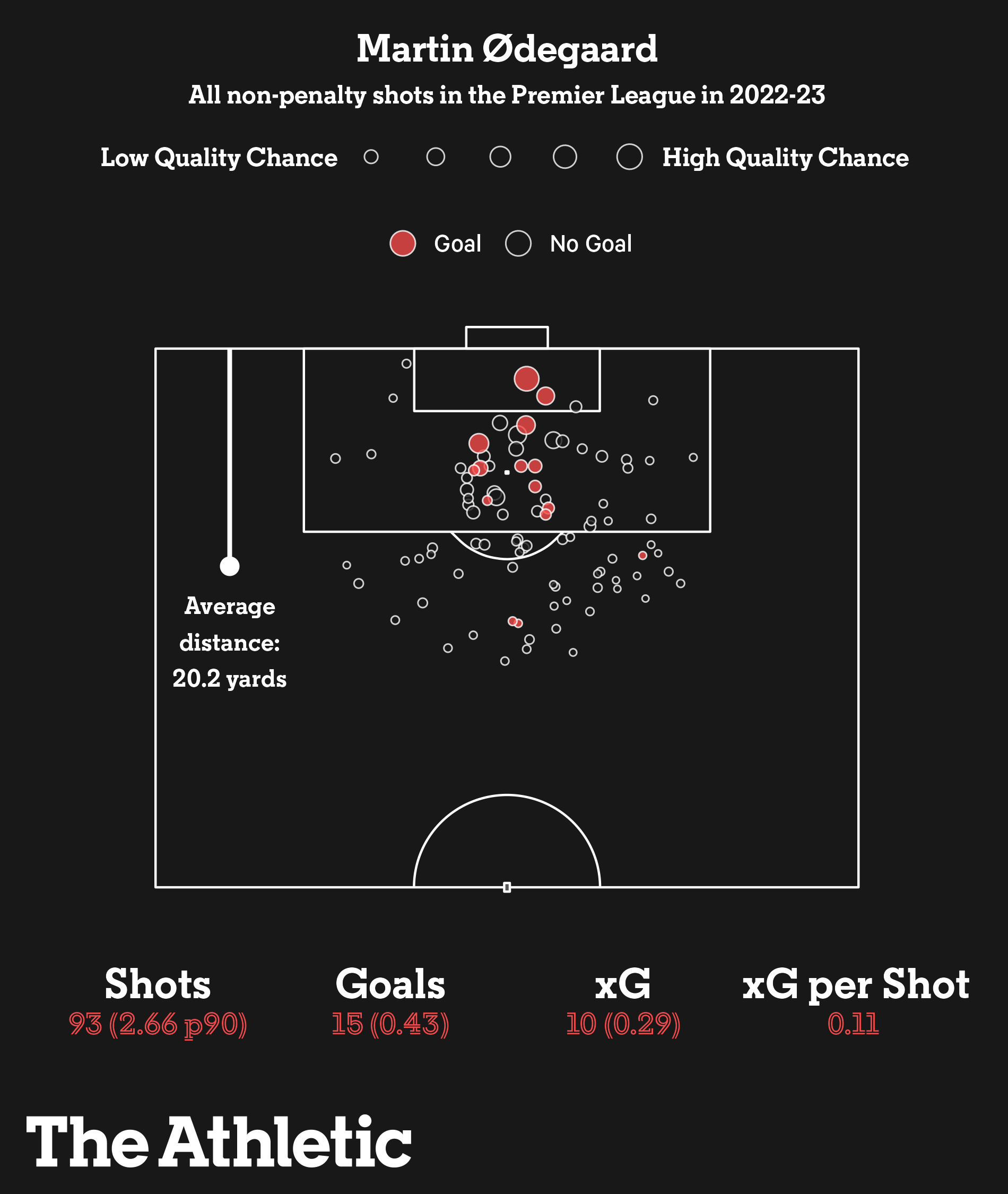
Marcus Rashford didn’t have any trouble identifying the key strengths he offered Manchester United on the back of his brilliant season last year, either. During the period that negotiations over a new contract were progressing, Rashford had scored more winning goals than any other player in the Premier League and ended the 2022-23 season with 30 goals in all competitions — the most by a United player since Sir Alex Ferguson stepped down as manager in summer 2013.
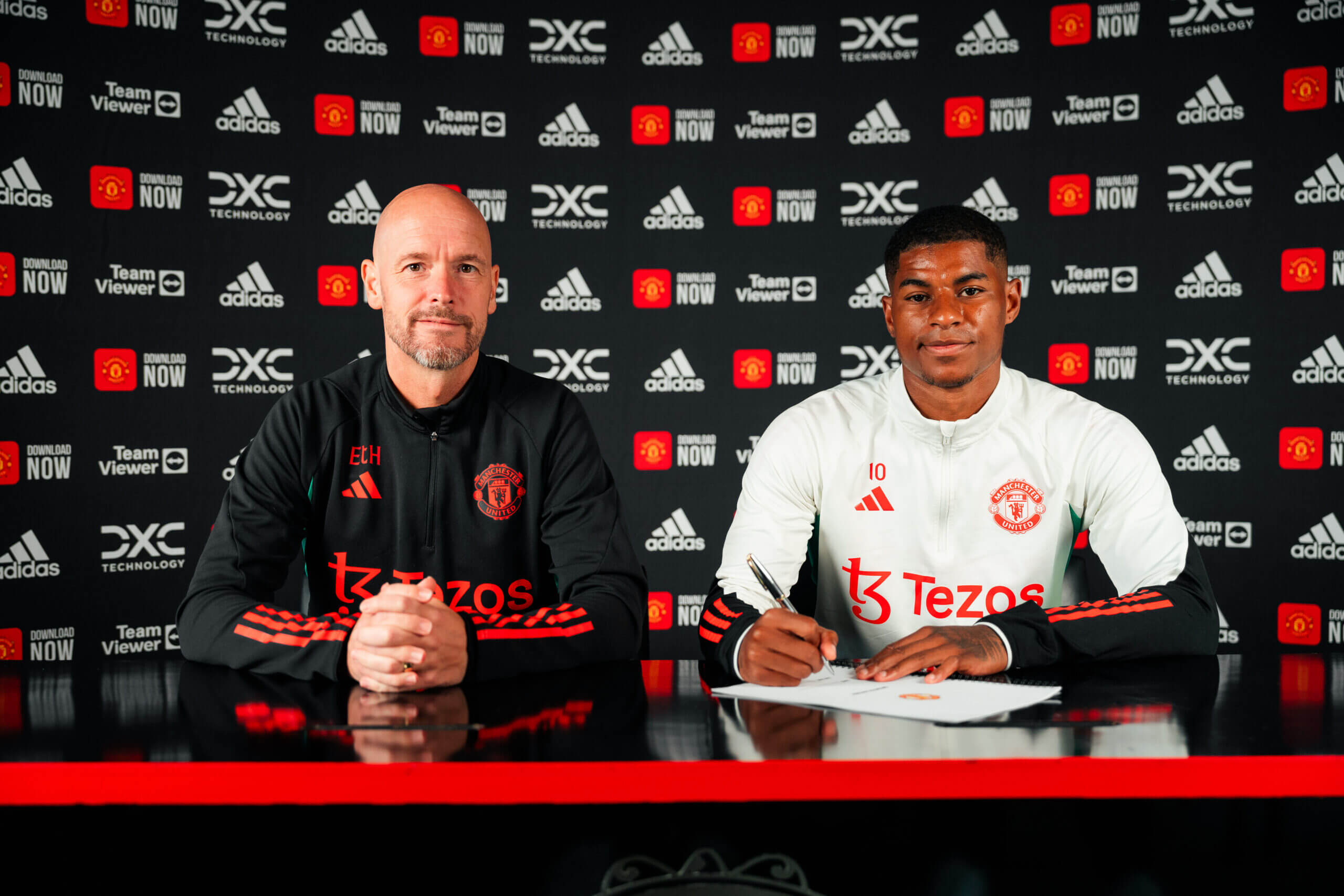
Rashford signed a new deal at Manchester United after a standout season (Manchester United via Getty Images)
It was a similar scenario with Ollie Watkins at Aston Villa, who could use the fact he was the most prolific Englishmen behind Harry Kane in 2023 at the time of signing his new deal. Hwang Hee-chan — the South Korean forward who agreed new terms with Wolves recently — had an equally strong bargaining chip, namely scoring 33 per cent of Wolves Premier League goals this season, along with becoming a growing influence on the team. Timing has always been important when it comes to renewing terms and data can make identifying a good moment to negotiate an easier task.
When Liverpool trio Trent Alexander-Arnold, Virgil van Dijk and Mohamed Salah consider the next stages of their careers as they enter the final 18 months of deals now we’re in 2024, no doubt they will also be in a strong bargaining position, even if age isn’t on the side of the latter two, who are 32 and 31 respectively.
It’s how deep players are prepared to go that is the most interesting and radical change of recent times.
Take De Bruyne, who, alongside his legal team, asked Analytics FC to produce a report analysing his performance, benchmarking it against other players at his position, and adding a layer of financial insight to the process.
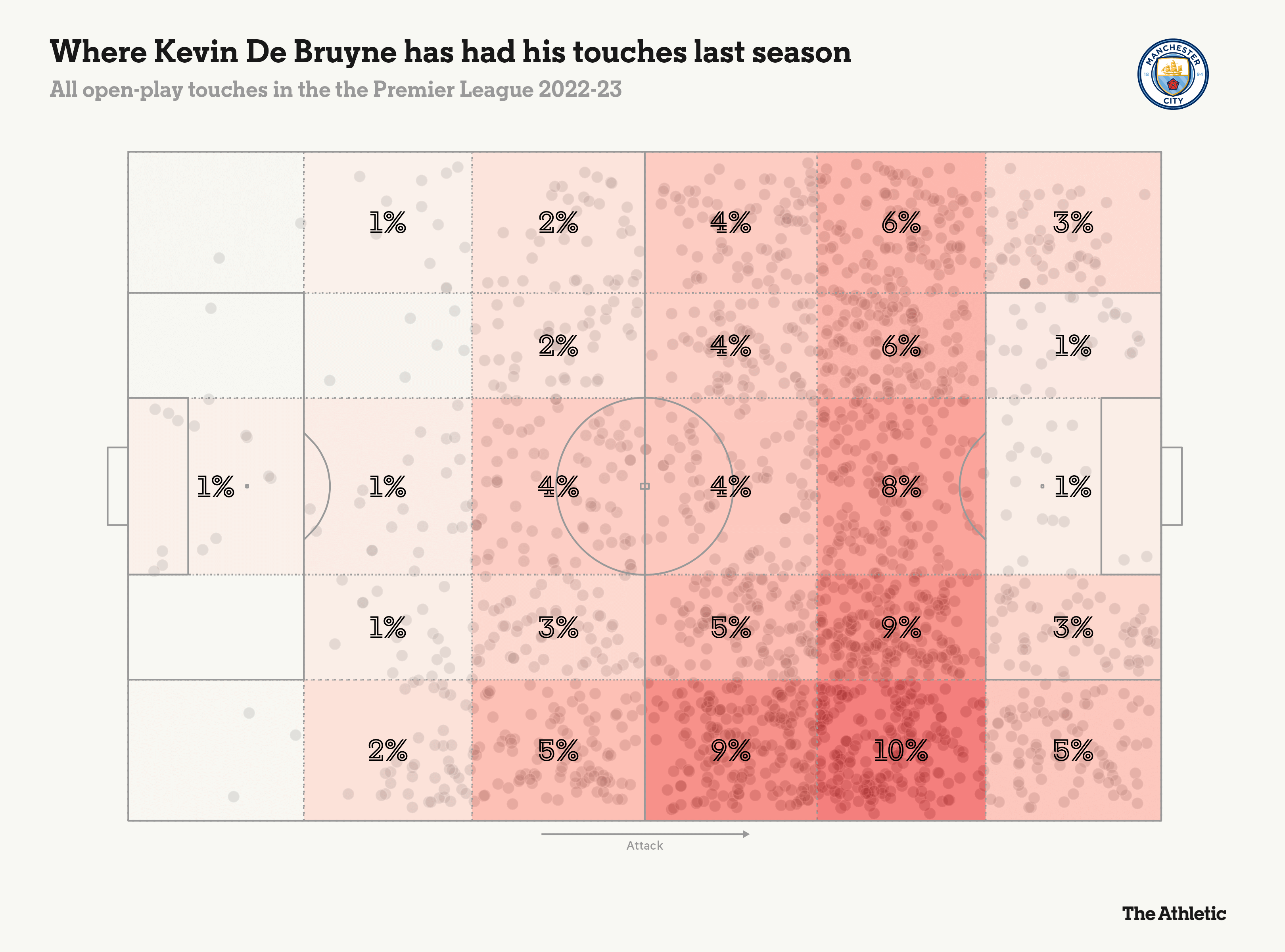
The objective was simple: De Bruyne, who turned 30 that year, wanted a pay rise after City’s initial contract offer was worth less over the course of the mooted new deal than his previous one had been. To prove his exact worth, he went deeper into the data to show just how important he was, and that did make a difference.
As explained previously by The Athletic, the report showed how De Bruyne’s output made him the best player in Europe, based on Analytics FC’s bespoke attacking-contribution metric, which considers the positive or negative impact made by every single touch of the ball a player has in a given match over a certain period. The other notable aspect was that it showed how important De Bruyne would be to a European rival if he moved on — and in the end that showed when City went on to win the treble last year, with the Belgian midfielder contributing heavily.

GO DEEPER
Inside De Bruyne’s data report: Sancho comparison and impact of playmaker’s possible City exit crucial to new deal
Adding an extra layer to figures that are already publicly available is where services such as Analytics FC come into their own.
Jeremy Steele, Analytics FC chief executive, told The Athletic: “The process is bespoke for each client. It’s not as simple as effectively printing off a scouting report and saying, ‘Look, you’re as good as this player but not as good as that one’. Each client has different aims. And the report is independent — we can’t make a bad player look good, and we are always objective. That said, all the players we have worked with have their own narrative. Taking the client’s objectives as a guide, we can shape that report to provide an objective assessment, but flagging up areas of real strength, aspects that maybe they hadn’t considered.”
An example of where it works well is around a player’s availability.
“If they have a really good fitness record, we can then actually determine both a performance value and financial value for that, and rank it relative to other players in their squad or other players in that position within a given target market,” Steele adds.
“We can also run simulations to determine a club’s likely performance with and without that player and then apply probability values to things like continental qualification, winning the league, winning cups, relegation, and so on. This then means we can start to assess the sporting impact of losing that player and, by extension, the financial impact.
“That’s often quite important. People can argue fairly easily about whether this progressive passer is better than that one, but saying, for example, ‘If this player leaves, you’re five per cent more likely to be relegated, which will cost you £Xmillion’ — that is a much harder thing to argue.”
Steele and his team do not handle any actual negotiations. That’s left to the player and his representatives.
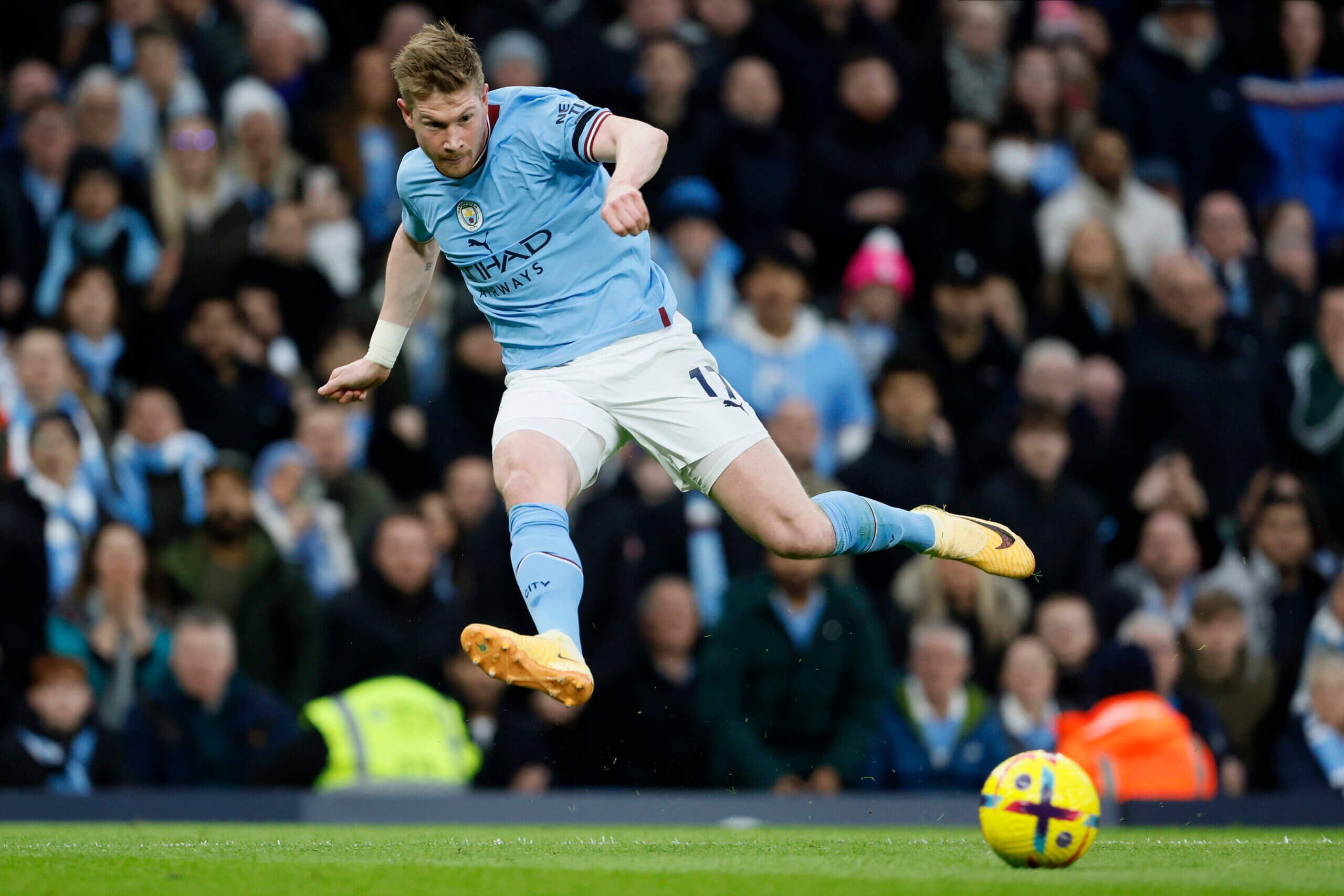
De Bruyne is one of only five players to record more than 100 assists in the Premier League (Richard Sellers/Getty Images)
But since De Bruyne’s example, word has spread and Analytics FC now works with other players in England and across Europe both in the men’s and women’s game. Many parents are also going directly to the company for advice to gauge just how valuable their talented children are and what they are worth.
Their work of Analytics FC is not designed to catch out clubs or blindside them, but instead to provide valuable insights for players to benchmark themselves in different ways. “I think it’s important to be clear about this: we are providing an objective report that a player may or may not decide to use,” Steele says. “We aren’t the ones seeking to convince anyone of anything.”
Assisting players regarding their ideal next move is also an area where data analytics has grown.
Hector Bellerin asked Analytics FC for forecasts about which club he would fit best when leaving Arsenal in 2021-22. One of his main aims was to get back into the Spain national team, so Analytics FC models provided objective information to use in his decision-making — albeit his move to Real Betis of La Liga did not see him make his country’s World Cup squad in 2022.
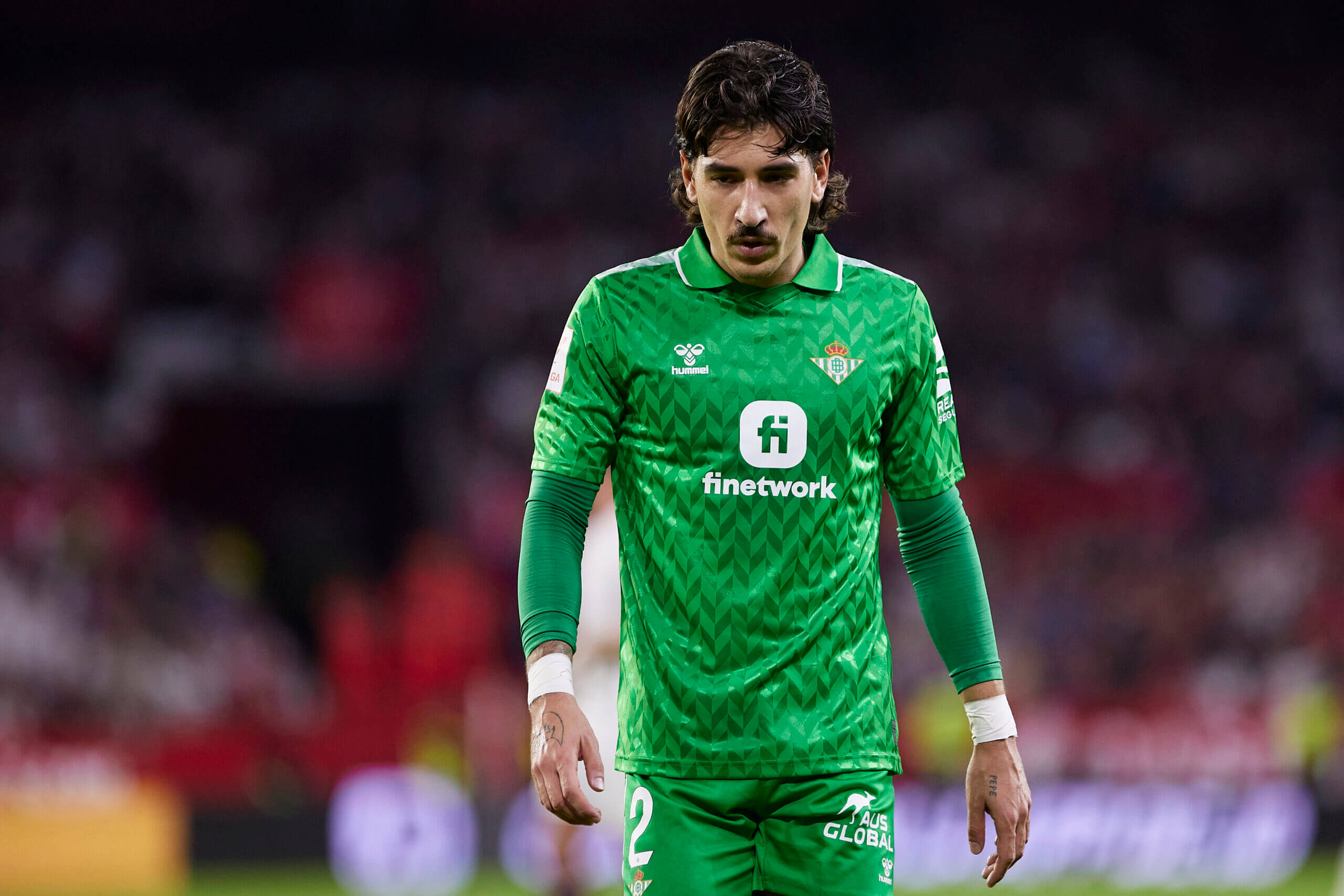
Bellerin (Quality Sport Images/Getty Images)
Agencies representing players also employ their own data scientists and data analysts to provide deeper performance insights, and executives within the Premier League have noticed the growth in this area. “Soon, the top agencies will be as well equipped as the top clubs,” one director predicts.
Whether that will drip-feed down the divisions and see lower-level players armed with data is another matter, though. Agencies do provide players with scouting reports that highlight their attributes but these are not as detailed as some of the reports top-level players are now turning to.
It’s also widely agreed that data at academy level is not currently as sharp as it perhaps could be. Add that to the reluctance at some lower-league clubs to take players from academies on the first loan of their careers because of the increased risk around performance, and it makes it harder for young players to get their break.
Multiple agents contacted for this story say that most clubs in the second-tier Championship and even in a rung further down in League One want to see a history of around 40 senior games before they consider loan signings now, as many have been left disappointed by players struggling on their first move away from top-level Category 1 academies.
Staff in recruitment positions across the three divisions of the EFL say that, while data analytics is increasing at the top, it’s rarely used in contract negotiations lower down in the game, partly because of cost. Instead, players use more basic metrics when highlighting their value rather than calling on data companies for assistance. Analytics FC confirms that its work has not stretched down the divisions yet.
Pricing is considered a factor, because it’s only the already well-paid who generally see the benefit of such extra assistance, perhaps because the value is so much greater to them.
High-level contracts are far more complex and structured than lower-league ones, too. A player at Manchester City, Liverpool or Arsenal could have more performance-related add-ons included in the package, as well as detailed buy-out arrangements, and bonus payments in the event of success.
Take, for example, one Premier League player who renewed in recent years and asked for a significant pay rise because of his durability. This particular player had also seen a large spike in his “chances created” numbers, so was of clear value to the club concerned, who were willing to increase his salary, but highlighted data that counted against him — most notably the number of yellow cards he picked up the previous season.
The decision, therefore, was to add a financial incentive specifically around discipline, reminiscent of a clause in Mario Balotelli’s deal at Liverpool in the previous decade where the Italian striker was entitled to a bonus payment of £1million if he was not sent off on three occasions each season for violent conduct.

GO DEEPER
An audience with Mario Balotelli
Such arrangements in the lower leagues are rare as more often than not, contracts are very straightforward. They generally consist of a base rate, an appearance fee, a win bonus, and sometimes a promotion or relegation clause.
So what worked so well for De Bruyne in 2021 — and will continue to benefit players at the top of the game — might not feed down the divisions too quickly, but is certainly here to stay in the game as a whole.
“Players are smarter than many think and, with the assistance of the right people, they will continue to show their worth through the additional use of data,” a well-respected agent concludes.
“The media attention from De Bruyne made plenty of other players think about whether they are ‘selling’ themselves well enough during contract negotiations and I’m sure we’ll see more examples of it in 2024.”
(Top photo: Catherine Ivill/Getty Images)



